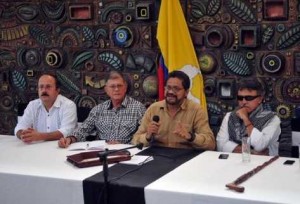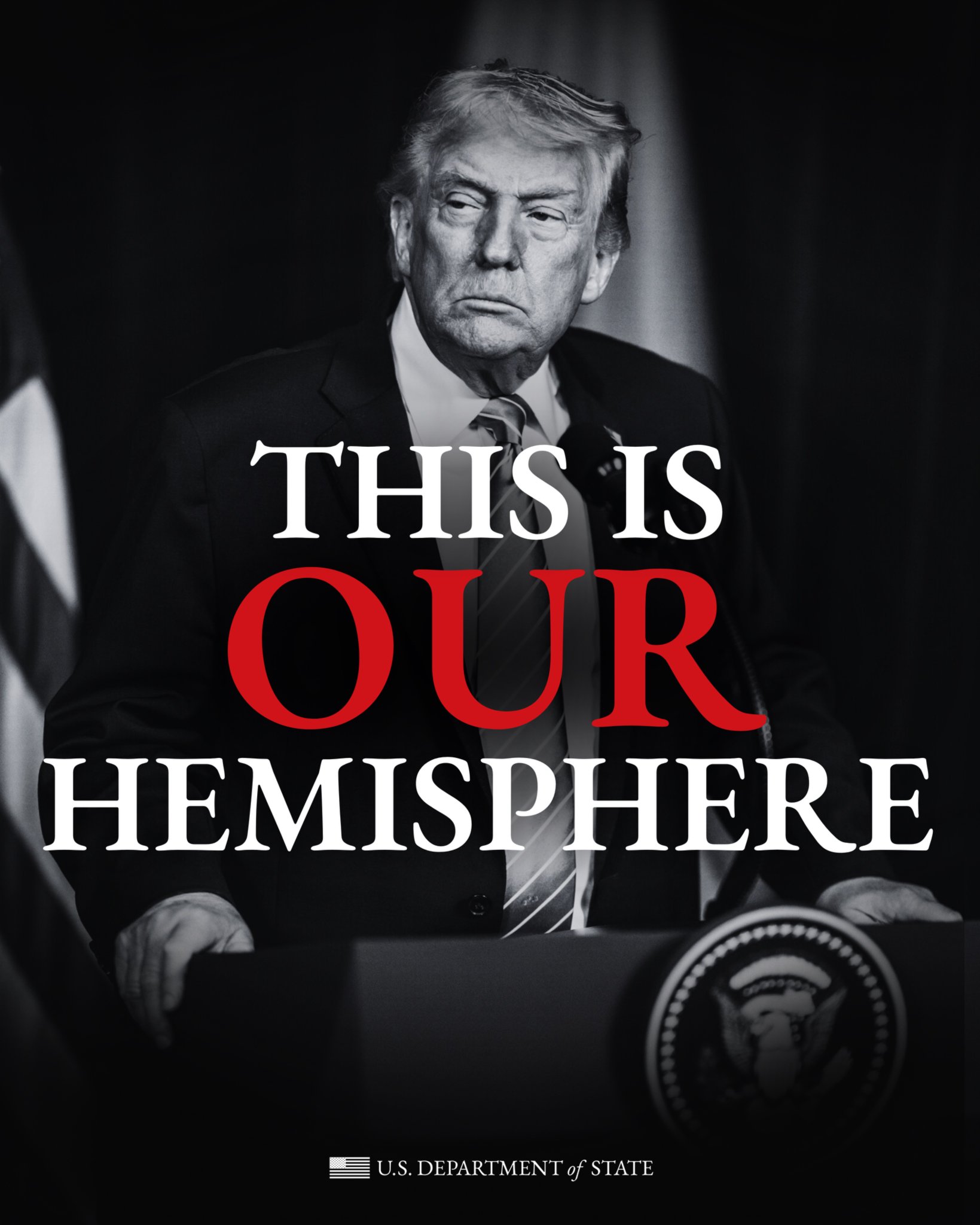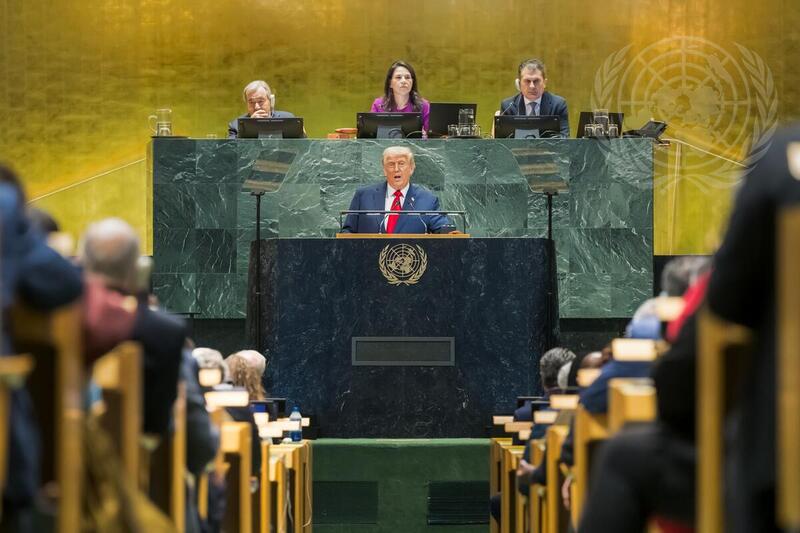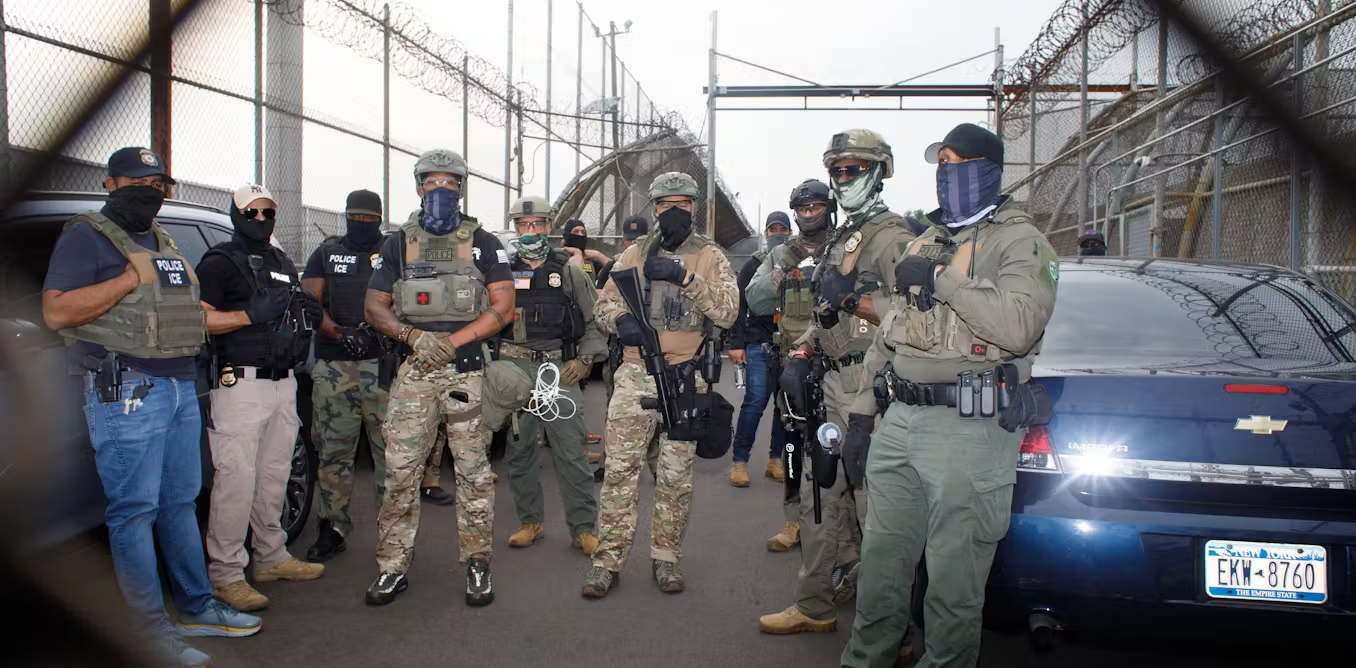 In Colombia, you can smell elections in the air. There’s talk of presidential and other candidacies; of the reelection of President Juan Manuel Santos; of the peace talks in Havana; of signed and pending agreements. Many believe that peace is finally on the horizon. A new Congress will be elected in March, and presidential elections held in May.
In Colombia, you can smell elections in the air. There’s talk of presidential and other candidacies; of the reelection of President Juan Manuel Santos; of the peace talks in Havana; of signed and pending agreements. Many believe that peace is finally on the horizon. A new Congress will be elected in March, and presidential elections held in May.
In Havana, for lack of time, negotiators decided not to pressure for an end to the peace agreements before the election. But it is clear that a second term for Santos would seal the process. There is also a lot of talk about the Attorney General’s recent decision to ban the progressive mayor of Bogota, Gustavo Petro, from political activity for 15 years. This has been the most serious blow so far to the peace agreements that the government and the FARC had laboriously woven together in the last year. However, society is no longer willing to tolerate authoritarianism.
As a symptom of the new chapter in the country, 2013 was a year of social protest involving a range of actors, from peasant and small farmers, to health workers and teachers. It is as if the start of the peace negotiations also began to thaw an entrenched and fearful society after six decades of armed conflict.
In November, two events modified this scenario. First, the second point in the Havana negotiations on political participation was agreed on. Second, President Juan Manuel Santos decided to run for re-election, breaking out as the undisputed favorite although it is unlikely he can win in the first round.
Large demonstrations across the country protesting violence against women formed the backdrop. Colombia has very high levels of violence against women, and not just because of the armed conflict. Every day 245 women are abused. Between 2009-2011, 26,000 women were pregnant because of rape. Further, there are almost two million displaced women, with 30 percent having left their homes because of sexual violence, and 25 percent suffering abuse again at shelters. Hundreds of thousands are taking to the streets without fear, pointing out those responsible for violence.
The peace agreements
The first agreement concerned land. The second, which has just been signed, regards political participation. For observers, this was the most complex. On Nov. 6, the FARC and the government released a statement saying consensus had been reached on three issues: rights and guarantees for the exercise of political opposition, ” especially for new movements that might arise after the signing of Final Agreement.” They also agreed on new mechanisms for citizen participation, “including those of direct involvement at different levels and in varied subjects,” and effective measures to promote political participation at all levels, in particular of “the most vulnerable populations” with equal conditions and security guarantees.
It could be said that these are pretty words that will eventually be swept away by political pragmatism. Possibly. However, never before had to two sides gone this far. The agreement is progressing slowly, step by step, delineating what is called a “political opening” at the end of the process.
It establishes Councils for Reconciliation, and– a key point– Transitory Special Districts for Peace “to promote regional integration and the political inclusion of areas especially affected by the conflict and neglect, so that during a transition period these populations have special representation in the House of Representatives. ” According to analyst Juanita León, the crucial point is the idea of direct democracy that the agreement introduces. In opposition to the framework of representation advocated by the government, the FARC proposed that the participation of social movements (of students, indigenous peoples, and peasants) be guaranteed. [1]
The special districts can give parliamentary representation to the FARC. Eleven zones will be able to nominate representatives (voted only by the citizens of those regions) for a certain period of time. “This agreement,” the director of La Silla Vacía maintains “is very significant as it may change the electoral system itself ‘from below,’ as the participation of the people would be much more direct in matters of planning, oversight, and who enters Congress.” Some especially troubled areas, such as Catatumbo along the border with Venezuela, where there was a powerful peasant movement months ago, and Cauca in the south, where the Nasa indigenous movement is based, may be part of these constituencies. [This is] in addition to the Peasant Reserve Zones.
In parallel, the armed group would have accepted the “relinquishment of arms,” a more delicate topic, as the leaders stated at the time that there would never be a photo of them surrendering weapons. However, if the peace agreements guarantee the FARC consistent parliamentary representation (by decree or by means of special constituencies) plus institutional integration in the regions where they have a major presence, abandoning weapons could be justified to their peasant bases.
Having agreed on the second point, key from every point of view, the government is placed in a better position for Santos to announce his candidacy for reelection. The FARC also win, achieving significant changes that “ensure the political participation of their social bases” [2].
Toward the end of the conflict
The next negotiation point will concern substitution of illicit crops with legal crops. Santos brought the matter to his Dec. 3 meeting with Barack Obama in Washington. The U.S. President supported the peace process in its entirety. One day before, Santos confessed during a conference at the University of Miami that he put the issue on the agenda “because the FARC have always said that, essentially, they aren’t drug dealers and used the drug only as a form of financing for political warfare, and that, once an agreement is reached, they will not continue trafficking” [3].
From left, journalist Alfredo Molano argues that the State should fund the transition from some crops to others, “because not only it did it impede, but facilitated, changing coffee, corn, rice, for marijuana, coca and poppy. We must search for the source of the tragedy that has cost so much blood, in the constant mockery of agrarian reform. ” [4]
Recall that the Chicoral Pact coincided (not coincidentally) with the beginning of marijuana cultivation. In 1972, conservative president Misael Pastrana summoned a meeting between liberals, conservatives, and the owners of livestock, rice and banana estates in the department of Tolima. The objective was to stop the new peasant movement grouped in the National Association of Peasant Consumers propelled forward since 1968 by then- President Carlos Lleras Restrepo, which sought to facilitate peasant access to land as a way to curb rural discontent and isolate guerrillas.
Molano maintains that the Chicoral Pact was agrarian counter-reform, through which large landowners could suppress by force–with the help of the State–the peasant farmer attempts to invade their lands. Unlike its neighbors, land reform was never carried out in Colombia. In Peru and Ecuador, military governments motivated by vigorous peasant-indigenous movements implemented land reform. Major land reforms in Mexico and Bolivia were carried out on the heels of national revolutions. Even in Argentina and Brazil in the 1930s, the center of the economy went from large landowners to industry, thus modernizing the agricultural sector. But in Colombia, the hegemony of a reactionary–and never defeated–oligarchy pushed peasants to defend themselves with weapons, especially those in areas of colonization.
Dismantling this past will not be simple, as director of the Center for Popular Research and Education Luis Guillermo Guerrero says. He notes that although peace should be done at national level, it is essential to build it “from the territories and regions that have lived through armed conflict to severe degrees.” That is, [peace] must be become real and fleshy in “peasant villages, indigenous reservations, the territories of black community councils, agro-industrial and mining/energy zones, and the urban areas most impacted by urban conflict “[5].
Molano points out a double problem: dismantling the coca economy that has become dominant in the Pacific region and sustains the war, and, in parallel, reformulating mining and agricultural policies. The latter enters into direct contradiction with the Free Trade Agreement with the United States. Therefore, “the government must accept that you cannot fix things without sacrificing something, which, when carefully considered, is not much”. [6] But for large segments of the business world, especially the most traditional sector bound to the land, what “is not much” in society’s opinion, is too much.
A good example is the absence of employers’ associations at the “National Forum on Solutions for the Problem of Illicit Drugs,” held in Bogotá from September 24th-26th, within the framework of the government-FARC negotiations. More than a thousand representatives of NGOs, social and academic organizations from across the country attended. [7]
Neither financial institutions nor cattle ranchers attended a forum organized by the UN, although industry leaders grouped in the National Business Association did. The Agricultural Society of Colombia expressed its disagreement with the mediation of the international body at the time of the agricultural strike of August and September. Their spokesman asserted that, “the strikes are organized by the FARC”. [8]
A not insignificant part of the commerce sector continues to cling to the logic of war, hence their support for former President Alvaro Uribe. He is ineligible for the presidency, but has endorsed candidate Oscar Ivan Zuluaga, who said that if successfull, he would suspend the peace negotiations.
“We oppose President Santos’ agricultural law negotiations with the FARC,” Uribe tweeted, barely even knowing the proposal of his former defense minister [9].
A more autonomous society
Peace will be possible because there have been major changes in Colombian society in three critical sectors–the ruling classes, the guerrillas and popular movements. These three groups living in a no longer rural, predominantly urban society with literate middle classes and where the peasantry is minority. A country of 50 million with a per capita GDP of $ 8,000, which registered $15 billion of federal direct investment in 2012, more than Mexico and Argentina. A country whose business groups invested $8 billion abroad.
One of the biggest changes is seen in the business sector. Traditional sectors such as coffee and cattle ranching no longer play a significant role. The four major economic groups are linked to finance and industrial manufacturing. The Santo Domingo group began with the Bavaria brewery in the 1970s. With a dominant position in the country, it spread to other Latin American countries and South Africa. The group became strong in finance, insurance (Bancoquia, Colseguros), air transport (Avianca) and telecommunications (Caracol, Celumovil, El Espectador).
The Luis Carlos Sarmiento group began in the construction industry and, through Grupo Aval, became established as the most important economic group in the country with Bogotá, Occidente and Popular banks, plus savings and housing corporations. It takes part in telecommunications and insurance and stock markets.
Forbes ranks Sarmiento as 64th among the world’s millionaires and Colombia’s richest person, with a net worth of $14 billion. Bloomberg places him as the fourth richest banker in the world [10].
The Ardilla Lulle group also started in soda and beer, expanding into textile, communications and sugar industries. The Grupo Empresarial Antioqueño developed in finance, insurance, construction, cement, food, and trade sectors. It controls Cementos Argos, which, with 11,000 employees, is the fourth largest cement producer in Latin America.
In sum, they are complex and diverse groups, able to compete at a global scale and with a concrete, growing presence in the region. Their wealth is not derived from the robbery of poor peasants in remote rural areas. Their business is in the cities, linked to the middle class and workers. The war does not affect them directly, as with the landowners. They support Santos’ peace project, but also the FTA, through which they support mining and hydrocarbons industries.
On the side of the guerrillas, things have also changed. The offensive of the [Colombian] armed forces caused heavy losses for the FARC and made their war model unfeasible, rendering their plan to take power after surrounding the capital impossible. They are not defeated, but “they haven’t regained the initiative in the war, they had to run their lines into more marginal areas; wage a merely defensive war supported largely on the implementation of landmines and sharpshooters; have witnessed high levels of desertion, have lost their connection with the civilian population in some regions; suffer international isolation and relative public repudiation,” according to an essay by researcher Mario Aguilera [11].
The analyst detects a shift that has brought the FARC back to “more militaristic policies” and, therefore, more concerned with “influencing social organizations, greater attempts to penetrate urban peripheries and protests and social conflicts,” and more dedicated to working in the Bolivarian Movement and the Clandestine Communist Party (PC3). Aguilera notes that this was the line of reasoning Alfonso Cano had plotted before he died; Timoleón Jiménez (Timoshenko), commander-in-chief of the FARC upholds it now. In a December 2011 letter, the commander asserts that they thought about access to power “as a matter of stirring and moving crowds,” an idea comparable to urban insurrections that would place the military question on a secondary level.
It’s likely a turn influenced by “the loss of their major strategists and a large part of much of their operational grounds,” as Aguilera suggests. But it is also likely that they have renounced the revolutionary model they have carried forth since the 1960s.
The third player is the people’s movement, which has shown signs of vitality throughout 2013. Renewed self-esteem and potency is visible in the organization of ordinary people in movements. A good example is what happened during the National Summit for Women and Peace in Bogotá on October 23rd-25th. Esther Polo Zabala told the story of how a group of women from a village in the department of Córdoba (where Uribe is the largest landowner) faced Don Berna’s paramilitaries, who were kidnapping boys for the war and girls for prostitution.
“When the paramilitary commander “Wood Foot’ decided to take our children, my mom and I called on all mothers and sisters of conscripted young people and left for the camp where they were. And we only left when their captor handed them over.”
“Who are you all?” he asked. We responded, ‘We are mothers, grandmothers, sisters, daughters, family members, and friends of the people you abusively took from our schools, parks, and houses.’
-“Initially he acted like we were crazy women, but after several hours of peaceful resistance, singing songs and haranguing that we women of Córdoba would not bear children for the war, he ended up surrendering them.”
This consciousness and self-esteem are no longer the legacy of the militants of vanguard organizations, but rather of large sectors of the new Colombian society that is tired of war.
Translation: Paige Patchin
Notes:
________________________________________
[1] La Silla Vacía, 6 de noviembre de 2013
[2] La Silla Vacía, 6 de noviembre de 2013
[3] El Espectador, 2 de diciembre de 2013
[4] El Espectador, 30 de noviembre de 2013
[5] Cien Días N° 80, noviembre 2013
[6] El Espectador, 30 de noviembre de 2013
[7] Le Monde Diplomatique, noviembre 2013
[8] Desdeabajo, 20 de octubre de 201
[9] La Opinión, 24 de noviembre de 2013
[10] El Colombiano, 23 de enero de 2013
[11] Análisis Político, enero 2013



